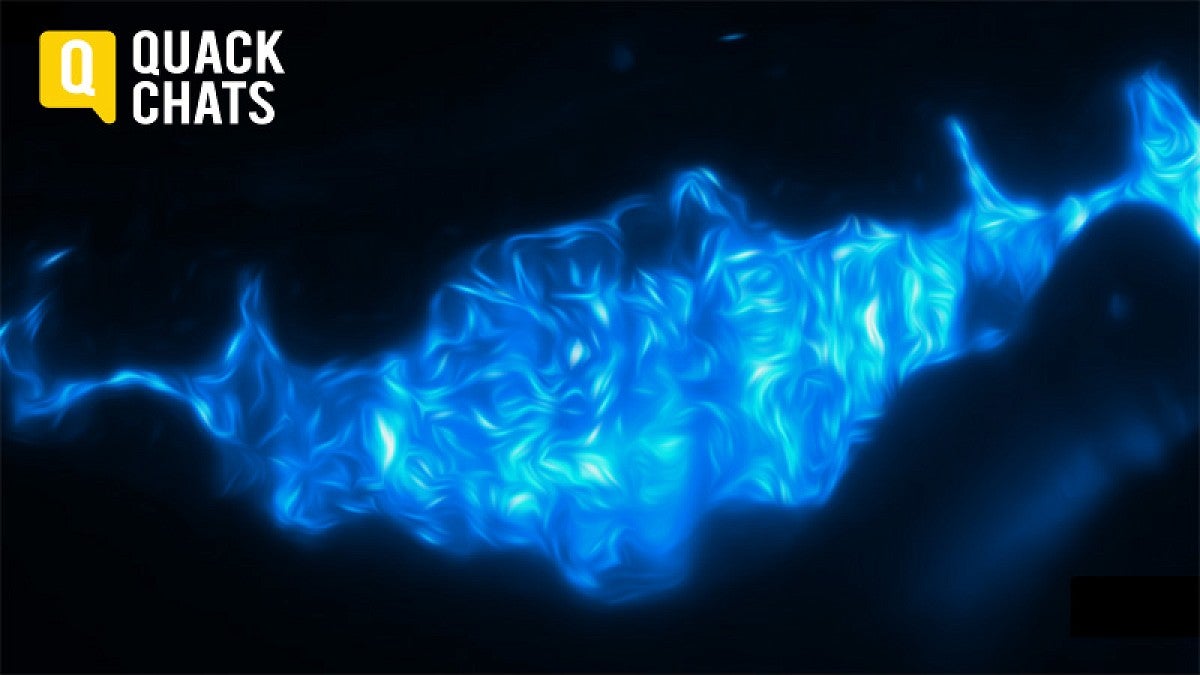Why would a physicist care about bacteria? Call it a gut feeling.
Rather than probe wormholes and gravity waves, the UO’s Raghuveer Parthasarathy is exploring the physical structure of gut microbes. He’s using physics to better understand how these important bacteria and other tiny organisms move and interact with one another.
“Each of our bodies is a home for trillions of microbes, whose roles in health and disease are just beginning to be understood,” said Parthasarathy, the Alec and Kay Keith Professor in Physics. He uses cutting-edge microscopy techniques to explore the ecosystem of micro-organisms in the intestine.

In his talk, “Glimpses of Gut Microbes,” Parthasarathy will examine what scientists are learning about the uncharted frontier of microbial ecosystems. He will also show some of the stunning scientific images and videos taken in his lab using light sheet microscopy, a technique that allows researchers to capture high-resolution, three-dimensional images of living things.
Parthasarathy examines the gut microbial communities using zebrafish, an animal model pioneered at the UO in the late 1960s and now used by thousands of researchers around the world to study human health, disease and function. Parthasarathy can zero in on a single bacterium within the gut of the tiny fish or watch entire communities of bacteria aggregating together.
He and his team are helping answer questions about how bacteria respond to the churning motion of the gut and how new bacteria enter a system already teeming with 40 trillion bacteria.
“Basically, we can watch their behavior,” Parthasarathy said. “Just like you’d want to watch the behavior of animals in a forest to understand what they’re doing there, we’re watching the behavior of bacteria.”
Parthasarathy’s lab relies on zebrafish that are born without any internal or external microbes of their own — they have no microbiome — making them germ-free. Different species of bacteria can be introduced into this sterile system and other mutations can be engineered, allowing researchers to examine any number of different conditions.
Some of the potential applications for Parthasarathy’s research include gaining a better understanding of human health and disease. A recently published paper from his lab looks at how the bacteria that causes cholera colonizes the intestine.
His group is also examining some of the forces at play in a human condition called Hirschsprung's disease that affects the colon and can make bowel movements extremely difficult. By examining zebrafish with the same mutation, his team has observed weakened gut contractions that allow two types of otherwise incompatible bacteria to co-exist and create problems.

His interest in self-organization led him to the University of California, Berkeley, where he completed a postdoctoral fellowship studying cell membranes. At the UO, he began to broaden his research to study entire communities of interacting cells.
In the process of discovering which biological systems would lend themselves to new imaging techniques, Parthasarathy connected with UO biologist Karen Guillemin, director of the META Center for Systems Biology, who steered him toward the gut microbiome.
“Almost from our first images of microbes, it became really clear that there was interesting stuff to look at,” Parthasarathy said
Parthasarathy says his work with Guillemin and other collaborators — including postdocs and student researchers from chemistry, biology and computer science — emphasizes the importance of interdisciplinary research in exploring new frontiers. Because his research team is the only one of its kind examining vertebrates, there are greater challenges and higher rewards.
“It does mean we have to develop all of the techniques and when things go wrong we have to figure things out ourselves,” Parthasarathy said. “The experiments are slow and things can be difficult, but with everything we see, we’re the first people to have seen it, and that I find really exciting.”
For information about Quack Chats and to sign up for advance-notification emails, see http://uoregon.edu/quackchats. To learn more about upcoming Quack Chats, see the Quack Chats section on Around the O. A general description of Quack Chats and a calendar of additional Quack Chats and associated public events also can be found on the UO’s Quack Chats website.
—By Lewis Taylor, University Communications


